The development of the embryo and the bearing of the fetus occurs in the uterus, the inner surface of which is represented by a special layer - the endometrium. Its thickness and physical properties vary depending on the menstrual cycle, which, in turn, has a direct effect on reproductive function. If a woman is completely healthy and has no problems in the body, then by the end of ovulation, the mucous membrane acquires a special texture and becomes optimal in thickness so that a fertilized egg can penetrate the uterus and attach to its wall. However, it often happens that even in young women there is an underdevelopment of the lining uterine cavity. Here a very important question arises as to why the endometrium does not grow and what consequences it can lead to. Let's try to understand this issue in more detail, find out the most common causes and learn about the main methods of treatment.
General information
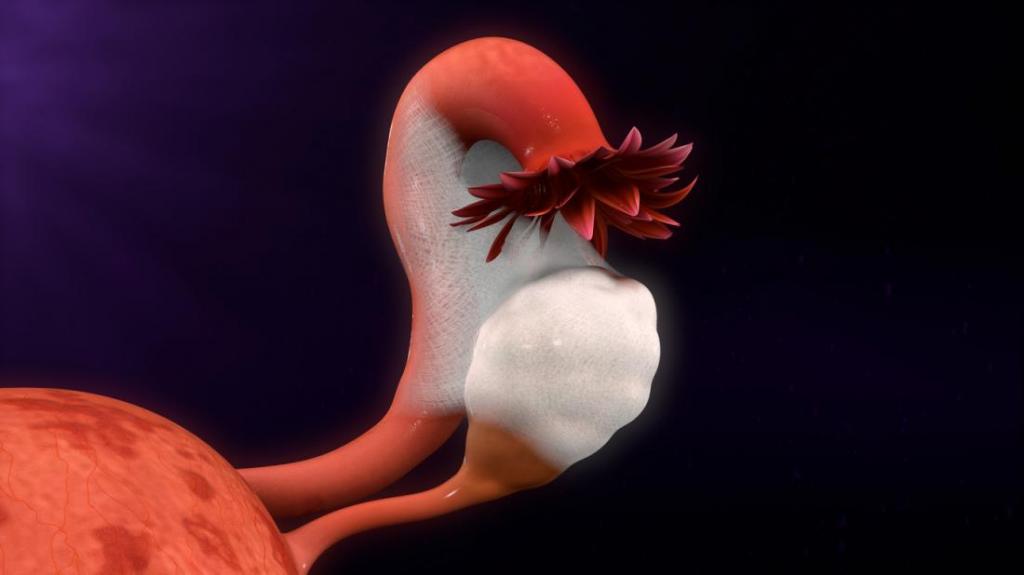
Before finding out why the endometrium does not grow, what to do in this situation and what it is fraught with, let's first understand the basic concepts. As mentioned earlier, the thickness of the mucous layer varies depending on the cycle of menstruation. It consists of a mucous membrane, connective tissue and capillaries that are sensitive to the level of certain sex hormones. With the normal development of the woman’s body and the absence of any pathologies, the thickness is considered normal:
- 5-9 mm - after the completion of menstruation;
- 12-14 mm - to the beginning of a new menstrual cycle.
After the release of the egg, the volume of the endometrium decreases, and it prepares for rejection. So that the embryo can be implanted normally, the mucous layer must be at least 7 millimeters. In addition, receptivity is a key factor. In simple terms, this term means the ability of the internal mucous membrane of the uterus to interact with a fertilized egg. Many women are interested in how much the endometrium grows per day. The average figure is 1 mm, but here it all depends on the individual characteristics of the body of each particular girl, as well as many other factors. If the layer thickness does not change, then the chances of getting pregnant are greatly reduced, since the zygote will not be able to gain a foothold on the uterine wall and will be excreted. According to experts, pregnancy may occur, but most often it ends in a miscarriage.
The main causes of developmental disabilities
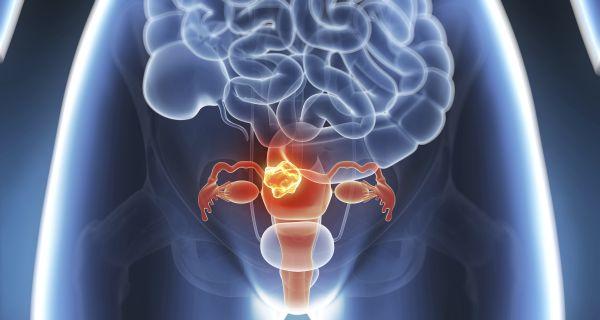
Let's dwell on this in more detail. If the endometrium does not grow, the causes can be very different, from the usual hormonal imbalance to the wrong lifestyle. According to qualified specialists, most often the problem is caused by the insufficient content of certain sex hormones in the body. Failure can occur for many reasons, but among the most common doctors distinguish the following:
- smoking;
- a long course of treatment with the use of psychotropic medications;
- too long menopause;
- malnutrition or prolonged debilitating diets;
- consequences of surgical interventions;
- failure of the endocrine system;
- hormone therapy;
- uncontrolled intake of certain drugs;
- ovarian dysfunction.
To choose the most optimal treatment program, the doctor must first determine the main reasons why the endometrium does not grow. Mandatory are preparations containing estrogen. More complicated cases are when the hormonal background is normal, but the internal mucous membrane of the uterus does not develop. It requires a comprehensive examination and compilation of a detailed clinical picture of a woman’s health status.
Mucosal layer disorders
So what do you need to know about this? The main reasons why the endometrium does not grow were considered above. However, despite the fact that the most common case is a lack of estrogen, nevertheless this is far from the only reason. Very often the problem is caused by the following factors:
- congenital malformations of the genital organ structure;
- mechanical damage to soft tissues;
- infectious diseases of the reproductive system, proceeding in a chronic form;
- violation of blood circulation of the internal organs of the pelvic area;
- hypoestrogenism;
- various pathologies of the pituitary gland;
- early extinction of the functions of the reproductive system;
- protein diets.
The most severe case is considered when the endometrium does not grow after curettage. When performing abortions or various operations, doctors have to act blindly, so the probability of damage to soft tissues is very high. And if surgical procedures are performed repeatedly, then there is a big risk of infertility, since the basal layer simply has nothing to form from.
Insufficient thickness

It has already been said above whether the endometrium grows after ovulation. As soon as the menstrual cycle is over, the old layer is rejected and the formation of a new one begins. This is the basis of the theory, which must be understood. But it happens that the mucous layer does not develop. As a rule, this is caused by a violation of the normal blood circulation of the internal organs of the pelvic area, as a result of which they cease to receive enough nutrients necessary for normal functioning. The following pathologies can be blamed for this:
- a strong decrease in hemoglobin in the blood;
- varicose veins;
- hypercoagulation;
- malignant tumor, compressing blood vessels;
- low blood oxygen that occurs against the background of inflammatory processes and diseases of infectious etiology.
How fast does the endometrium grow in any of the above cases? It is very difficult to answer this question, since each case is unique. Development can be either slow or completely absent. Regardless of the dynamics, a woman needs long-term complex therapy based on taking medications and physiotherapeutic procedures.
Pathology Diagnostics
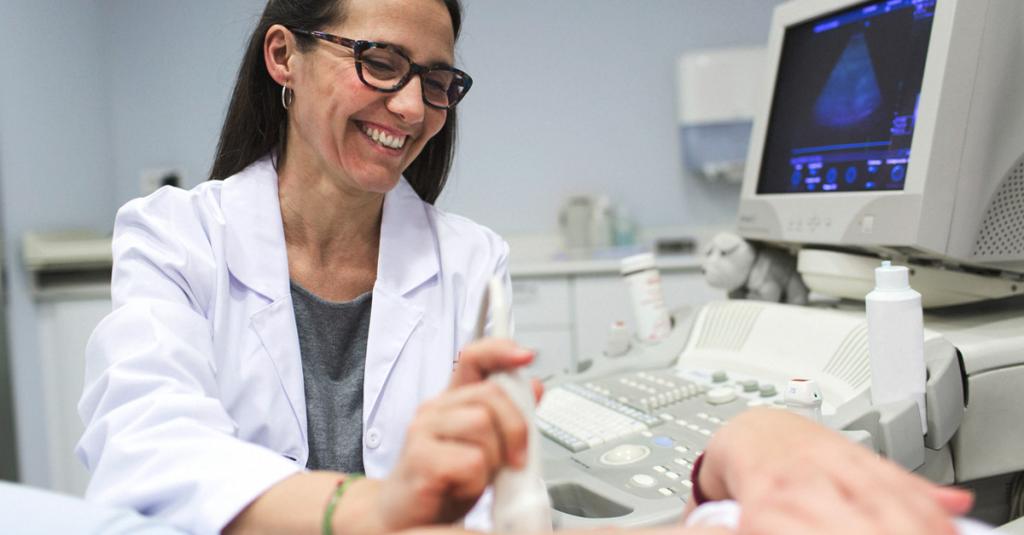
What is it and what is its feature? A detailed answer was given above to the question of why the endometrium does not grow. This problem is very serious, because with it women face the following:
- unsuccessful attempts to have a baby;
- spontaneous abortions in early pregnancy;
- lack of menstruation;
- scarce discharge during menstruation.
In order to prescribe a suitable treatment, it is very important to consider how the endometrium grows by the days of the cycle and determine the reason why it stopped developing normally. Diagnosis is carried out using the following methods:
- standard gynecological examination;
- Ultrasound
- dopplerometry;
- general blood analysis;
- smear on the microflora of the vagina;
- PCR study;
- diagnostic hysteroscopy;
- biopsy.
All of the above laboratory research methods allow you to determine the exact cause that served to stop the growth of the inner lining of the uterus, as well as to draw up a detailed picture of the woman’s health status, on the basis of which the treatment program is compiled.
The main methods of treatment

So, the endometrium does not grow, what should I do? The first thing you need to do is go to the clinic and undergo an examination with a qualified specialist. As soon as he has the results of tests on hand, he will select the most safe and effective treatment for you. In most cases, the problem is caused by a hormonal imbalance, therefore, drug therapy is prescribed. Drugs are prescribed that either contain a certain hormone in their composition or stimulate its production in the body.
If the slowdown in the development of the endometrium in a woman is caused by an infectious disease, then antibiotics are an essential component of therapy. As soon as the pathogen is defeated, measures to restore the mucous layer begin. In addition, in order for the endometrium to grow more actively, it is very important for a woman to radically change her usual lifestyle. You need to adhere to proper nutrition, completely abandon bad habits and completely protect yourself from any stressful situations. After treatment, you can begin to plan pregnancy. As medical statistics show, in the vast majority of cases, women manage to conceive, normally endure and give birth to a healthy child.
In the case when the endometrium grows poorly due to insufficient blood supply to the internal organs of the reproductive system, the doctor selects specialized corrective medications, the action of which is aimed at increasing blood flow and normalizing tone. It is strictly forbidden to take any medicine on your own, since uncontrolled treatment can not only be useless, but also significantly aggravate the condition of the woman.
Worst of all things are with congenital malformations, since in about 95 percent of cases they are not treatable. A positive result can be achieved by planting stem cells in the genital organ. If the foreign biomaterial normally takes root, then it will begin to form a new mucous membrane of the uterine wall, which can take a fertilized egg.
Physiotherapeutic treatments
If the doctor managed to determine why the endometrium does not grow, and to choose the most optimal treatment program, but the expected result was not achieved, then to increase the effectiveness of drug therapy is combined with physiotherapeutic procedures. They significantly accelerate the process of rehabilitation after infectious diseases of the genitourinary system, and contribute to the normalization of hormonal levels. The following procedures have proven their worth:
- magnetotherapy;
- electrophoresis on the lower abdominal cavity using special preparations containing copper, zinc or potassium iodide;
- endocervical procedures;
- laser therapy.
What kind of procedure to appoint is determined by the doctor based on the diagnosis and clinical picture of the patient. It is not recommended to sign up for them on your own, as they have many contraindications.
Alternative medicine
If you know what day of the cycle the endometrium grows and you can independently determine the problem at an early stage, then you can try to cope with it using folk methods. Our ancestors created a huge number of different decoctions and infusions, allowing to restore the normal growth of the mucous layer. However, it is best to consult with a specialist in advance, because, firstly, self-medication can be dangerous, and secondly, the use of folk remedies will be much more effective if combined with modern treatment methods.
Decoctions of plants such as:
- sage;
- the orthil is one-sided;
- four-membered rhodiola.
Also, many healers recommend drinking freshly squeezed pumpkin juice and tea brewed from young raspberry leaves. These plants are a good source of phytosterol, which in its composition and effect on the body is very close to female sex hormones. In addition to broths, beldelotherapy, therapeutic massage and acupuncture are good for this problem. If your endometrium grows poorly, then these methods will not only allow you to activate soft tissue cells, but also generally improve and strengthen the body, as well as normalize the work of internal organs.
Artificial insemination
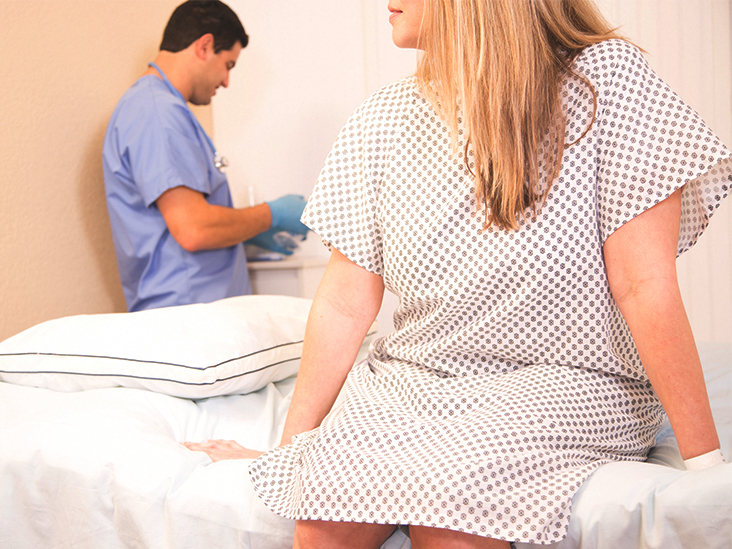
As already noted above, if the mucous layer is insufficient thickness, the fertilized egg will not be able to fix on the wall of the uterus. In most cases, timely treatment allows you to achieve positive results - a woman manages to become pregnant. However, in rare cases, therapy may not lead to anything, so some representatives of the fair sex go on artificial insemination. But with him everything is not so clear, because for some it turns out to be a lifeline, and for others it is another disappointment.
In vitro fertilization very often ends unsuccessfully, since irreversible changes occur in the internal mucous membrane of the uterus, which may result in the following:
- miscarriage in the early stages of gestation;
- premature birth;
- unpredictable drops in blood pressure, creating a great threat to the life of the mother and her baby;
- placental disorders;
- congenital malformations of the fetus.
Given all of the above, it is worth noting that consent to artificial insemination should be done only in the most extreme case. It is first necessary to consult with a profiled specialist, as well as undergo a full examination and preparation. Only with a serious approach can you at least slightly increase the chances of a successful conception and the birth of a healthy baby.
Conclusion
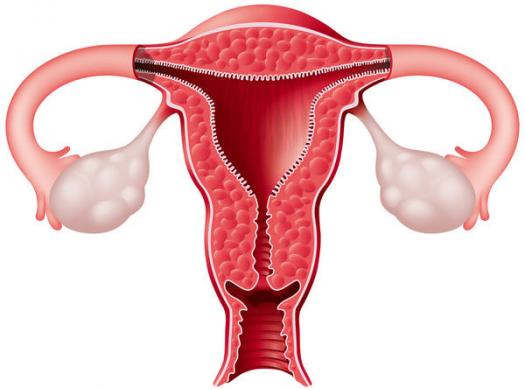
According to medical statistics, in most cases infertility is associated with insufficient thickness of the mucous layer. If you also faced a similar problem, then not everything is so scary, since the problem is solved. In time, turning to the doctor, adjusting your daily diet and giving up bad habits, you can restore the normal growth of the endometrium and fulfill the cherished dream of any woman - to become a mother. But in no case should you self-medicate, because without knowledge of the causes of the problem, uncontrolled medication and the use of alternative methods can only aggravate the situation and cause the development of various complications. Take good care of your health, and if even the slightest suspicion of a disease occurs, consult a doctor immediately.